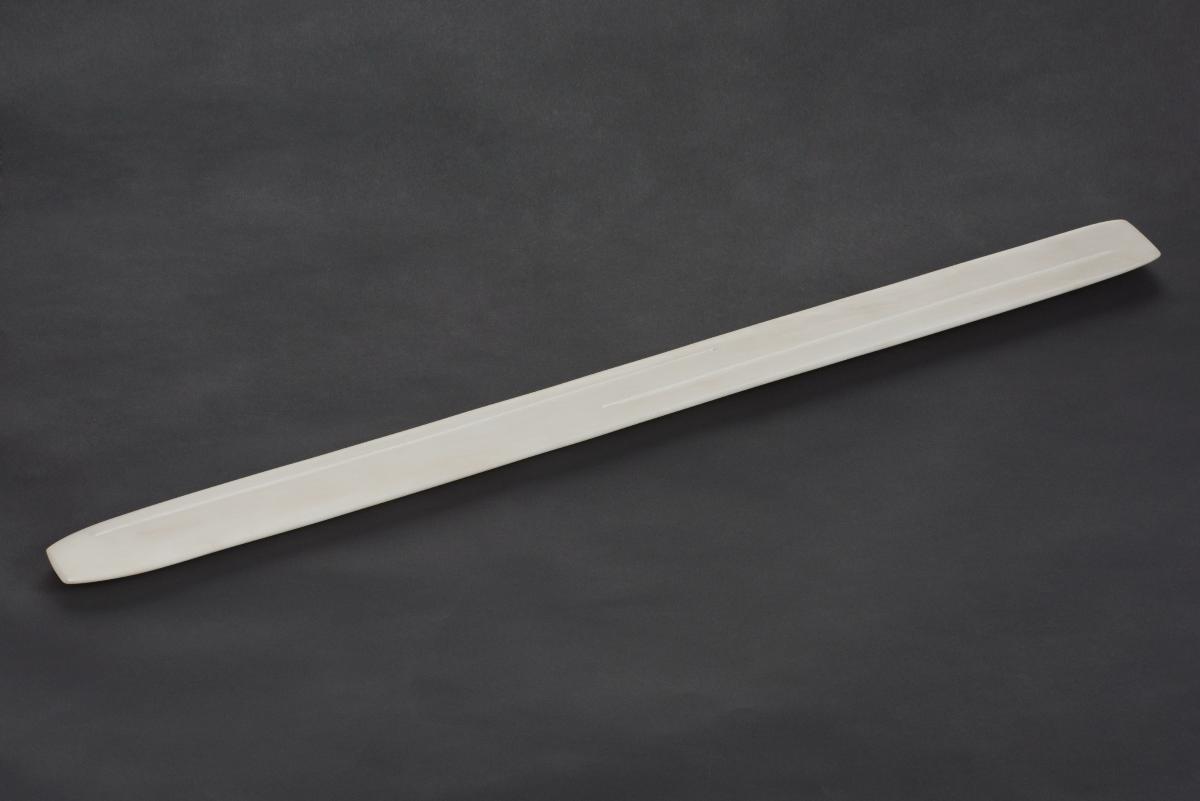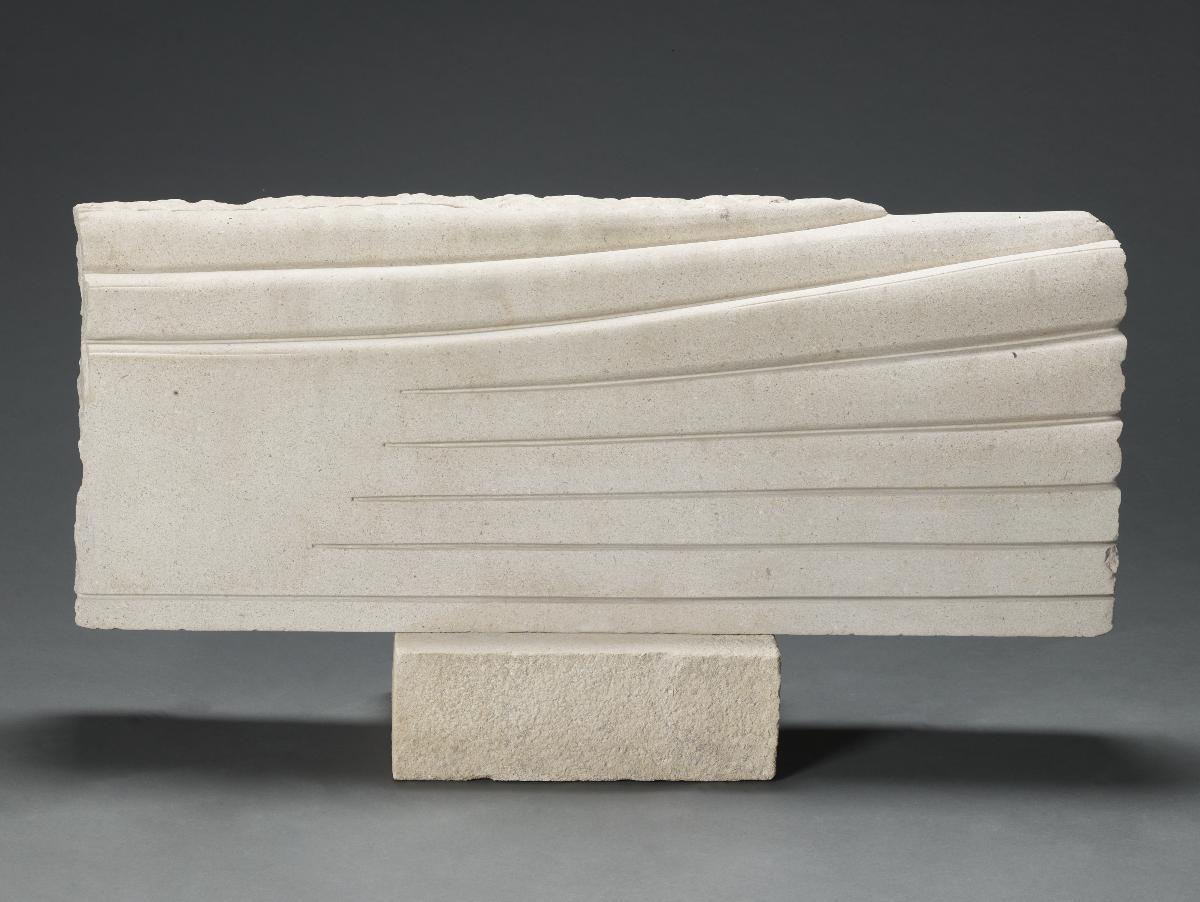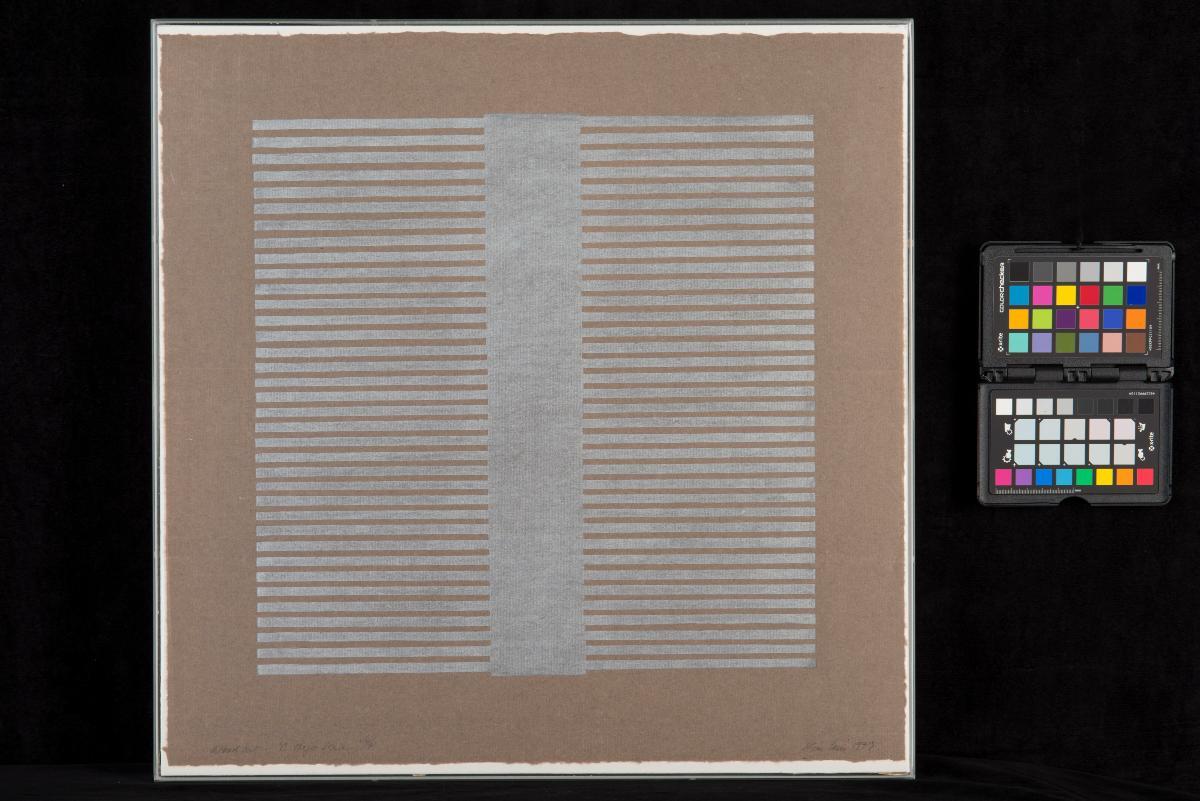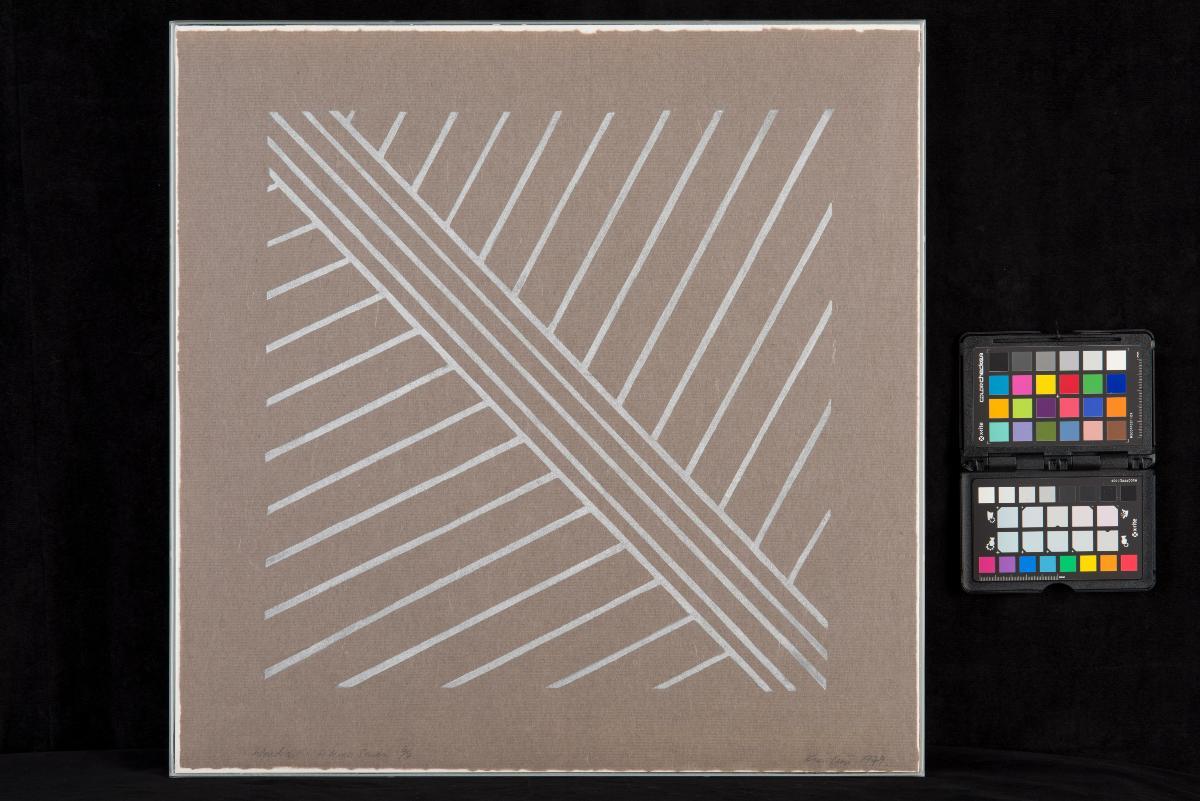Kim Lim was born in Singapore and spent much of her early childhood in Penang and Malacca. Her father was Lim Koon Teck, a well-known barrister with roots in Sarawak, Borneo and through her mother’s side (Betty Seow Guat Beng), she is a descendant of Tan Kim Cheng, son of Singapore pioneer Tan Tock Seng. At the age of eighteen, Kim Lim went to London to pursue her career as an artist. She spent two years at St. Martin’s (1954-56) concentrating on wood-carving. Then, she transferred to the Slade where she developed a strong interest in print-making under the tutelage of etcher Anthony Gross and lithographer Stanley Jones. She exhibited widely after graduating from the Slade in 1960. Works from the later period, although distinct in terms of the medium, i.e. stone, form an extension in Kim’s practice that continued to engage with ongoing global discussions about minimalism, especially in a climate where the movement had already begun towards the installative abound with cultural references. This period was marked by a sense of maturity, that was meditative but consistent, as she systematically explored what she termed the ‘power of the spaces between’. This would be one of Kim’s most significant contributions to the discourse on modern art and minimalism in particular. The stone came to be a block that would methodically evolve through the process of carving, becoming an extension of a somewhat unpremeditated reality.















